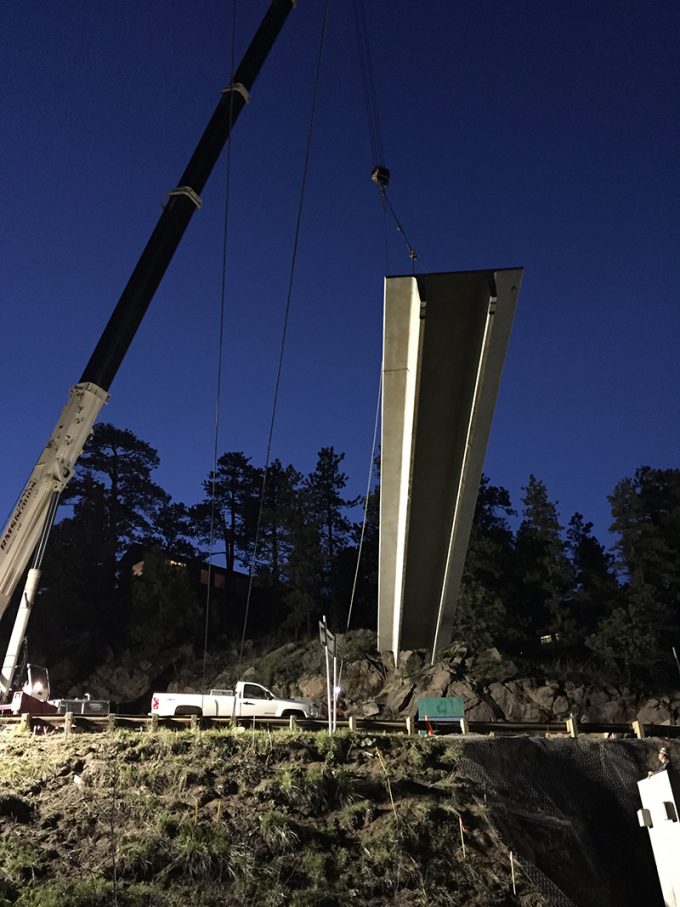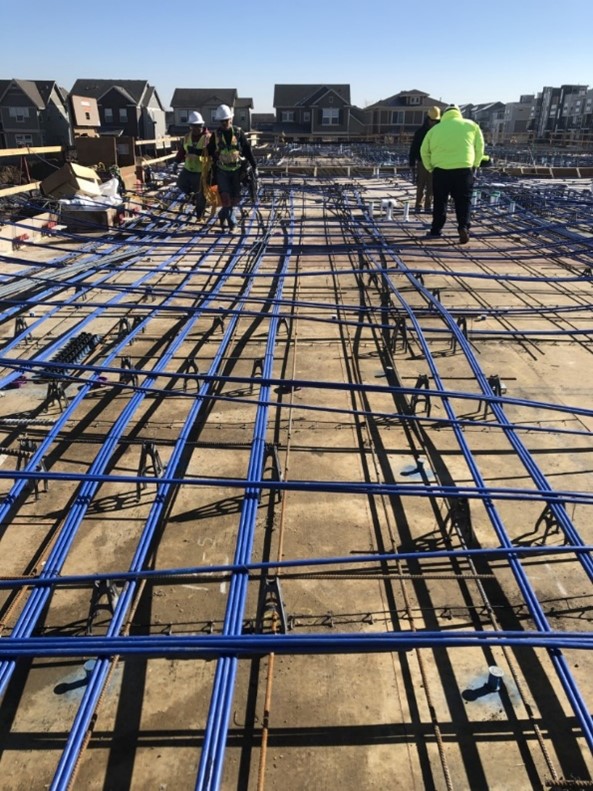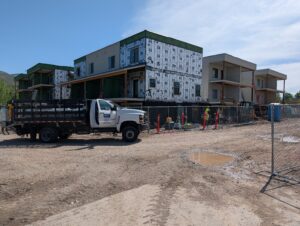Understanding Prestressed and Post-Tensioned Concrete in Building Construction
Prestressed and post-tensioned concrete represent two critical advancements in structural engineering, providing high-strength, durable solutions for modern buildings and infrastructure. Although both techniques apply tension to concrete elements to improve strength and stability, they differ in process and applications. This article delves into the definitions, differences, and benefits of each method to help determine which approach best suits a construction project.
What is Prestressed Concrete?
Prestressed concrete uses internal stresses to counteract tensile forces before experiencing external loads. Engineers insert high-strength steel strands or bars into beams, slabs, or columns, and then stress or “prestress” the steel by tightening it. This pre-tensioning process significantly strengthens the concrete, preventing cracks before it faces working loads.
How It Works: During manufacturing, engineers stretch steel tendons within a mold before pouring concrete over them. After curing, they release the tendons, which transfer compressive forces to the concrete, creating a reinforced structure capable of handling substantial loads. The completed pieces are then transported and craned into position on site.
What is Post-Tensioned Concrete?
In post-tensioned concrete, engineers apply tension to steel tendons only after the concrete has cured. Rather than embedding pre-stressed strands, they place unbonded or bonded tendons in ducts or sleeves inside the slab or beam, tightening these tendons once the concrete hardens.
How It Works: They pour the concrete with hollow tubes or ducts inside. After curing, they thread tendons through these ducts and use a hydraulic jack to apply tension. Upon reaching the required force, they anchor the tendons to the concrete, reinforcing it against substantial loads.
Similarities Between Prestressed and Post-Tensioned Concrete
Both prestressed and post-tensioned concrete methods aim to improve concrete’s load-bearing capacity and reduce cracking under stress. These techniques enhance the durability and longevity of concrete structures, reducing the likelihood of structural failure. Additionally, both methods make use of high-strength steel and provide resistance against deflection, which is particularly useful for longer spans in beams or slabs.
Key Differences Between Prestressed and Post-Tensioned Concrete
| Aspect | Prestressed Concrete | Post-Tensioned Concrete |
|---|---|---|
| Tension Application | Applied before concrete pouring | Applied after concrete curing |
| Process Location | Generally in a precast facility | Often applied on-site |
| Primary Usage | Precast bridge girders, beams, and slabs | Slabs, floors, parking structures |
| Installation Complexity | Requires specialized facilities | Flexible; can be performed on-site |
Pros and Cons of Prestressed and Post-Tensioned Concrete
Pros of Prestressed Concrete
- High Durability: Excellent at resisting cracking and deformation under load.
- Uniform Quality: Often manufactured in controlled environments, ensuring quality.
- Reduced Material Needs: Requires less concrete than conventional methods, reducing cost.
Cons of Prestressed Concrete
- Limited On-Site Flexibility: Often produced offsite, which limits customization.
- Transport Constraints: Precast elements require transportation, which can be costly and logistically challenging.
Pros of Post-Tensioned Concrete
- On-Site Adaptability: Can be constructed and tensioned directly at the building site, offering more flexibility.
- Reduced Weight: Lightweight yet strong, post-tensioned concrete works well in high-rise buildings and longer spans.
- Enhanced Durability: Can resist significant loads, reducing the need for extra reinforcement.
Cons of Post-Tensioned Concrete
- Complex Installation: Requires skilled labor for tensioning and anchoring.
- Specialized Equipment Needed: Requires hydraulic jacks and anchoring tools, increasing initial project costs.
Applications of Prestressed and Post-Tensioned Concrete
- Prestressed Concrete Applications:
- Bridges and Overpasses: Precast prestressed beams and girders provide durability and load resistance.
- Industrial Buildings: Prestressed concrete can support larger spaces without the need for numerous columns.
- Precast Foundations and Piers: Used in foundation elements needing high load-bearing capacity.
- Post-Tensioned Concrete Applications:
- Residential and Commercial Buildings: Ideal for slabs in high-rise construction due to lightweight and strength.
- Parking Structures: Post-tensioned concrete slabs handle dynamic loads, which are common in parking environments.
- Sporting Venues and Arenas: Large spans benefit from post-tensioned support to accommodate open spaces and spectators.
Implementing Prestressed and Post-Tensioned Concrete in Projects
Finding Certified Manufacturers and Contractors: Working with certified contractors and manufacturers ensures proper material quality and installation. Many leading manufacturers of prestressed and post-tensioned systems maintain databases or directories of local providers. For post-tensioned concrete, companies like VSL and Freyssinet offer system solutions and have licensed installers.
Selecting the Right Technique for Your Project: Engineers assess factors like span length, load requirements, and site limitations to determine which method suits the project. Post-tensioned concrete often fits high-rise projects with complex load-bearing demands, while prestressed concrete is commonly selected for large-scale infrastructure such as bridges and highways.
Future Outlook: Enhancing Concrete Construction with Prestressing and Post-Tensioning
As sustainable construction practices continue to grow, both prestressed and post-tensioned concrete will play an essential role. Innovations in fiber-reinforced materials and advanced tensioning techniques are improving efficiency and further reducing material use. New advancements could also address challenges such as cost and equipment needs, making these technologies more accessible.
Conclusion
Prestressed and post-tensioned concrete each offer unique strengths, bringing enhanced load-bearing capacity and resilience to modern construction. Selecting the right technique depends on project needs, local resources, and specific application goals. While prestressed concrete suits larger infrastructure, post-tensioned concrete is ideal for on-site flexibility and high-rise construction. Through a combination of quality manufacturing and experienced contractors, these technologies provide a strong foundation for durable, cost-effective, and sustainable building solutions.
References
- National Precast Concrete Association. Precast and Prestressed Concrete
- Post-Tensioning Institute. Benefits of Post-Tensioned Concrete
- VSL International. Post-Tensioning Systems for Building












